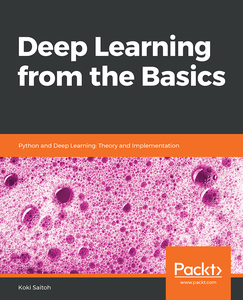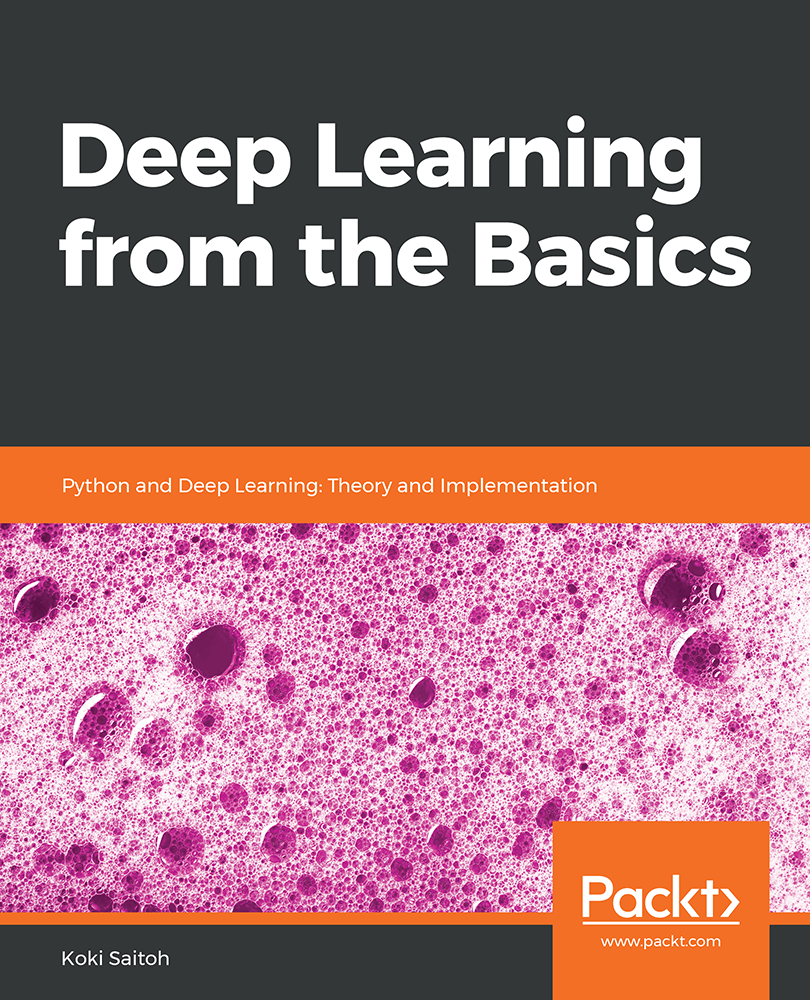Deep Learning from the Basics
English | 2021 | ISBN: 9781800206137 | 317 pages | True ( PDF , EPUB , MOBI , CODE ) | 47.67 MB
English | 2021 | ISBN: 9781800206137 | 317 pages | True ( PDF , EPUB , MOBI , CODE ) | 47.67 MB
Discover ways to implement various deep learning algorithms by leveraging Python and other technologies
Key Features
Learn deep learning models through several activities
Begin with simple machine learning problems, and finish by building a complex system of your own
Teach your machines to see by mastering the technologies required for image recognition
What You Will Learn
Use Python with minimum external sources to implement deep learning programs
Study the various deep learning and neural network theories
Learn how to determine learning coefficients and the initial values of weights
Implement trends such as Batch Normalization, Dropout, and Adam
Explore applications like automatic driving, image generation, and reinforcement learning
About
Deep learning is rapidly becoming the most preferred way of solving data problems. This is thanks, in part, to its huge variety of mathematical algorithms and their ability to find patterns that are otherwise invisible to us.
Deep Learning from the Basics begins with a fast-paced introduction to deep learning with Python, its definition, characteristics, and applications. You'll learn how to use the Python interpreter and the script files in your applications, and utilize NumPy and Matplotlib in your deep learning models. As you progress through the book, you'll discover backpropagation-an efficient way to calculate the gradients of weight parameters-and study multilayer perceptrons and their limitations, before, finally, implementing a three-layer neural network and calculating multidimensional arrays.
By the end of the book, you'll have the knowledge to apply the relevant technologies in deep learning.
<categories>14/categories>



